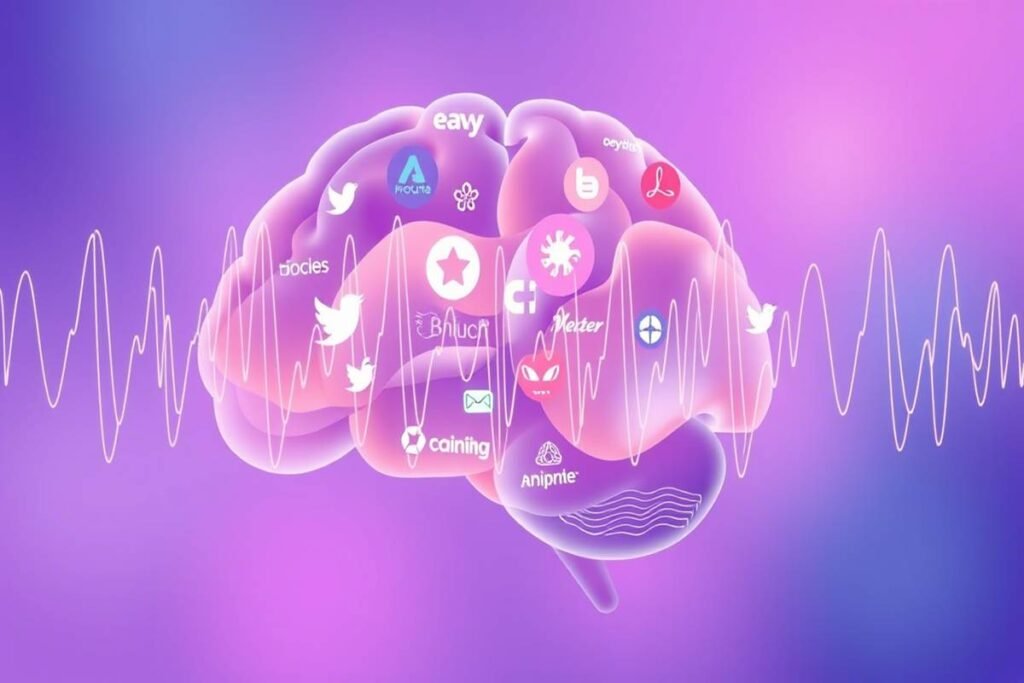Artificial Intelligence (AI) has completely transformed the world of digital marketing and advertising. In today’s fast-paced business environment, brands are using AI tools to automate campaigns, analyze audience behavior, predict trends, and even create personalized ads within seconds. From writing catchy headlines to generating creative visuals, AI makes advertising faster, smarter, and more cost-effective.
However, this growing use of AI has also created a new challenge — known as the AI Ad Dilemma. Many brands are now questioning how much they should rely on machines for something that has always relied on human emotion and creativity. While AI can deliver high performance and precision, it sometimes lacks the human touch that connects emotionally with customers. This raises concerns about originality, ethics, and trust in advertising.
Marketers must now strike a balance between automation and authenticity. The goal is not just to create more ads but to create meaningful and responsible campaigns that reflect brand values. In this article, we’ll explore how global brands are navigating this AI Ad Dilemma — finding new ways to blend human creativity with machine intelligence while maintaining transparency, creativity, and ethical standards in their advertising strategies.
Table of Contents
What Is the AI Ad Dilemma?
The AI Ad Dilemma refers to the growing tension between using AI to create ads efficiently and maintaining a brand’s unique human touch.
AI can generate thousands of ad variations in minutes, predict performance, and even personalize content for different audiences. However, too much dependence on AI can make ads feel robotic, repetitive, or emotionally flat. Brands must find a balance between technology and creativity.
#1. Balancing Human Creativity with AI Automation
Many brands now use AI to handle repetitive tasks like data analysis, keyword optimization, and audience targeting.
This allows human marketers to focus more on storytelling and creativity.
For example:
- Coca-Cola uses AI to test ad visuals and slogans but ensures the final creative decision comes from human designers.
- Nike combines AI insights with emotional storytelling to keep its ads powerful and relatable.
This hybrid approach keeps ads both smart and soulful.
#2. Ensuring Ethical and Transparent AI Usage
AI ads often use personal data to target users. This raises questions about privacy and transparency.
Brands that misuse customer data risk losing trust.
To solve this, companies are:
- Making their data collection policies clearer.
- Allowing customers to control their ad preferences.
- Using AI ethically by following global data privacy laws (like GDPR).
Transparency is now a marketing strength, not just a legal need.
#3. Fighting Misinformation and Deepfakes
Another challenge of AI in advertising is deepfake technology — realistic but fake videos or voices.
These can harm a brand’s reputation if misused.
Brands like Adobe and Google are working on tools to detect and label AI-generated content clearly.
Responsible use of AI ensures trust and protects brand identity.
#4. Personalization Without Overstepping Privacy
AI helps brands personalize ads based on user behavior, location, and interests.
But too much personalization can feel intrusive.
Smart brands are now focusing on “responsible personalization.”
They use AI to understand customer needs — not to track every move.
For instance, Spotify recommends songs using listening history but doesn’t share personal data with advertisers.
This builds long-term customer loyalty.
#5. Measuring Real Impact Over Vanity Metrics
AI can generate data at scale, but not all data is meaningful.
Some brands fall into the trap of chasing clicks and impressions rather than real engagement.
Leading marketers now use AI to measure deeper metrics like:
- Brand sentiment
- Customer lifetime value
- True conversion quality
This helps companies invest in ads that truly connect with people.
#6. Building AI Brand Guidelines
To avoid confusion, global companies are creating AI brand guidelines — a set of rules for using AI tools responsibly in marketing.
These guidelines define:
- How much of ad content can be AI-generated.
- When human approval is required.
- How AI-based messages should reflect brand tone.
This ensures that automation never replaces brand personality.
#7. Training Teams for the AI Future
Brands understand that AI isn’t replacing jobs — it’s reshaping them.
They are training employees to work alongside AI tools instead of fearing them.
This includes learning:
- How to use AI ad generators.
- How to analyze AI data insights.
- How to maintain creative control.
Educated teams make smarter and more ethical AI decisions.
Conclusion
The AI Ad Dilemma is real — but it’s also an opportunity.
Brands that learn to blend human creativity with AI intelligence will lead the next era of marketing.
By staying transparent, ethical, and creative, companies can make AI their strongest advertising ally.
The future of advertising isn’t AI vs. Humans — it’s AI + Humans working together.
Feel free to contact BrandingX for Web Design, Business Branding Services and SEO Services in Ahmedabad.



